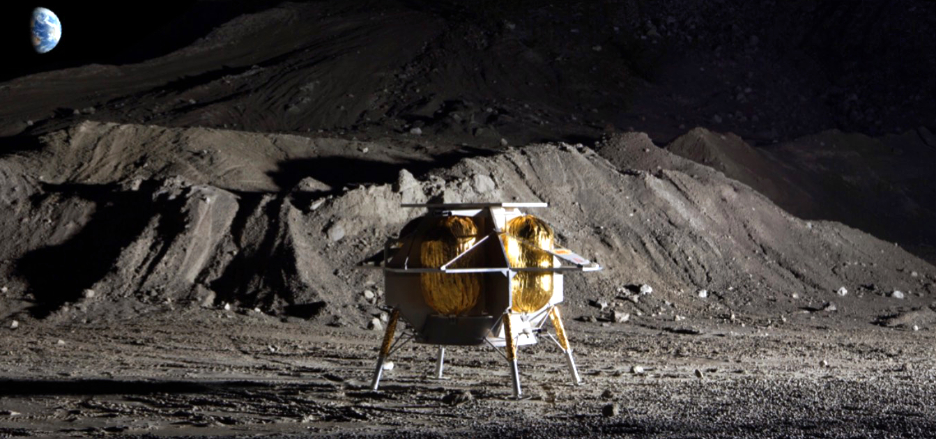
NASA has selected Astrobotic for a Small Business Innovation Research (SBIR) Phase II award to continue the firm’s development of UltraNav, a low-cost, autonomous, visual navigation system for spacecraft.
The system has wide-ranging applications, from the servicing of Earth satellites to journeys to challenging space destinations, such as the lunar poles or Martian mountains. UltraNav, short for Ultra-Compact Standalone Visual Relative Navigation, consists of a high-quality compact camera with a built-in computer carrying a proven suite of accelerated computer vision algorithms.
The system is optimized for space applications such as rendezvous and docking, precision planetary landing, and autonomous rover navigation. It can be packaged as a stand-alone sensor or part of a larger navigation system, customized with mission-specific algorithms, and integrated with a wide variety of spacecraft types, from smallsats all the way up to large human landers.
The visual navigation provided by UltraNav is critical for modern spacecraft operating at destinations beyond the reach of GPS, such as the Moon and deep space. In these settings, vision-based techniques can be used instead of GPS to accurately pinpoint a spacecraft’s location.
Even when GPS is available, visual navigation can ensure safety in critical maneuvers, such as those in the vicinity of other spacecraft. UltraNav performs visual navigation by taking pictures of the spacecraft’s surroundings, which may include a neighboring spacecraft or a planetary surface. Its algorithms then recognize features in those images and match them to preloaded maps with known dimensions. This in turn is used to calculate the spacecraft’s location relative to those features. As the spacecraft moves, so do the positions of the features in the images, enabling tracking of the spacecraft’s motion.
UltraNav is designed with a small size, weight, power consumption, and cost for the purpose of making advanced visual navigation and perception accessible to the broader commercial and low-budget space mission market. Traditionally, spacecraft with visual sensors require costly development to integrate disparate cameras, computers, and image processing software, limiting the use of these advanced technologies primarily to high-budget, flagship missions.
In addition to selling or licensing UltraNav to other spacecraft developers and companies, Astrobotic will use the technology for the firm’s own upcoming missions and vehicles, such as precision landing for its Peregrine lunar lander and visual navigation for its CubeRover and Polaris rovers.
Astrobotic’s UltraNav contract, valued at $750,000 over two years, is part of the NASA SBIR program’s annual investment in U.S. small businesses with promising new technologies whose benefits are strongly aligned with NASA’s future goals. The award will enable Astrobotic to continue and build upon the successful work performed on UltraNav under its prior NASA SBIR Phase I contract.
Chris Owens, Principal Investigator, said UltraNav builds on Astrobotic’s prior work developing inexpensive, reliable, and easy-to-use visual navigation tools, and demonstrates the company’s expertise in navigation and landing in GPS-denied applications. With the help of NASA SBIR funding, Astrobotic will continue to develop a compact visual space navigation system for use by smallsats, lunar landers, and surface rovers.

